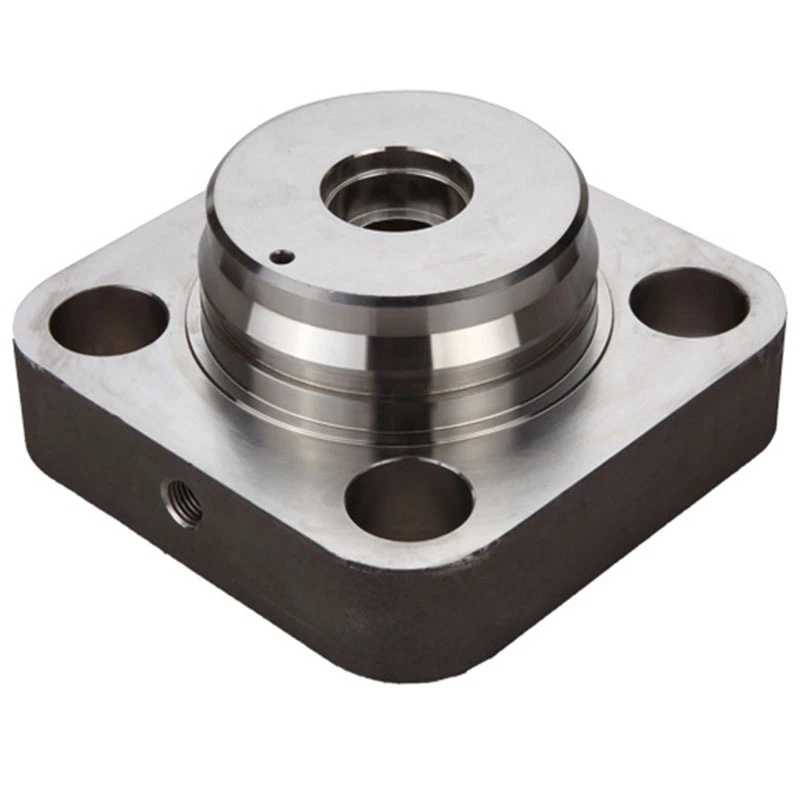pressure die casting parts
Understanding Pressure Die Casting Parts A Comprehensive Overview
Pressure die casting is an advanced manufacturing process that allows for the production of complex metal parts with high precision and excellent surface finish. This technique is predominantly used in the automotive, aerospace, electronics, and consumer goods industries, where the demand for lightweight, durable, and intricate components is ever-growing. In this article, we will delve into the intricacies of pressure die casting parts, their advantages, applications, and the future of this manufacturing process.
What is Pressure Die Casting?
Pressure die casting is a metal casting process that involves forcing molten metal into a mold cavity under high pressure. The process is typically performed with non-ferrous metals, such as aluminum, zinc, magnesium, and copper alloys, due to their favorable properties and lightweight nature. The molds used in pressure die casting are usually made of steel, which provides excellent durability and allows for the production of numerous parts over its lifecycle.
The process can be broken down into several key steps
1. Melting the Metal The metal is melted in a furnace until it reaches a temperature where it becomes a liquid. 2. Injection The molten metal is injected into the mold cavity using a mechanized plunger. High pressure ensures that the metal fills all intricate geometries within the mold. 3. Cooling The molten metal cools and solidifies within the mold, taking the shape of the cavity. 4. Ejection Once the part has cooled sufficiently, it is ejected from the mold, and any excess metal is trimmed away.
Advantages of Pressure Die Casting Parts
Pressure die casting offers numerous advantages over other manufacturing processes
1. High Precision This process allows for tight tolerances and intricate designs, making it ideal for parts with complex features. 2. Enhanced Surface Finish The high pressure used during casting results in smooth surface finishes, reducing the need for extensive post-processing. 3. Rapid Production Once the molds are made, parts can be produced quickly, which is essential for high-volume production runs. 4. Material Efficiency The process minimizes waste as it efficiently uses the molten metal, and the ability to recycle scrap metal further enhances its sustainability. 5. Strength and Durability Components produced through pressure die casting often possess superior mechanical properties, making them suitable for demanding applications.
pressure die casting parts

Applications of Pressure Die Casting Parts
Pressure die casting is widely used in various industries, including
- Automotive Various components, such as engine blocks, transmission cases, and wheels, are manufactured using pressure die casting due to their strength and weight-saving properties. - Aerospace As the aerospace industry strives for lighter components, pressure die casting provides the precision and durability needed for critical applications. - Consumer Electronics Housings and structural components for devices like smartphones and laptops are often produced via this method due to its ability to create complex shapes. - Industrial Applications Machinery and equipment utilize die-cast parts for improved performance and longevity.
The Future of Pressure Die Casting
As technology continues to evolve, the pressure die casting industry is on the cusp of exciting innovations. The increasing demand for lightweight materials, especially in automotive and aerospace sectors, will drive more companies to adopt this manufacturing process. Additionally, advancements in 3D printing technology and simulation software are likely to enhance mold design and reduce production costs.
Moreover, sustainability will play a critical role in the future of pressure die casting. The industry is seeing a shift toward using more recyclable materials and energy-efficient processes, aligning with global efforts to reduce carbon footprints.
Conclusion
In conclusion, pressure die casting is a sophisticated manufacturing process that stands out due to its numerous advantages, including precision, speed, and material efficiency. Its applications span across various industries, highlighting its versatility and relevance in modern manufacturing. With ongoing advancements and a focus on sustainability, pressure die casting is poised to remain a crucial method in the production of high-quality metal components for years to come. Whether you are an engineer, manufacturer, or a consumer, understanding this process will help you appreciate the intricacies involved in the everyday products we rely on.
-
Precision Sheet Metal Stamping Manufacturer | Fast & ReliableNewsAug.01,2025
-
OEM Sand Cast Pump Valve Fittings - Baoding Hairun Machinery And Equipment Trading Co., Ltd.NewsAug.01,2025
-
Custom OEM Impellers | High Efficiency & PrecisionNewsAug.01,2025
-
OEM Sand Cast Pump Valve Fittings - Baoding Hairun Machinery | Customization, Quality AssuranceNewsAug.01,2025
-
OEM Sand Cast Pump Valve Fittings - Baoding Hairun Machinery And Equipment Trading Co., Ltd.NewsAug.01,2025
-
OEM Sand Cast Pump Valve Fittings - Baoding Hairun Machinery And Equipment Trading Co., Ltd.NewsJul.31,2025















